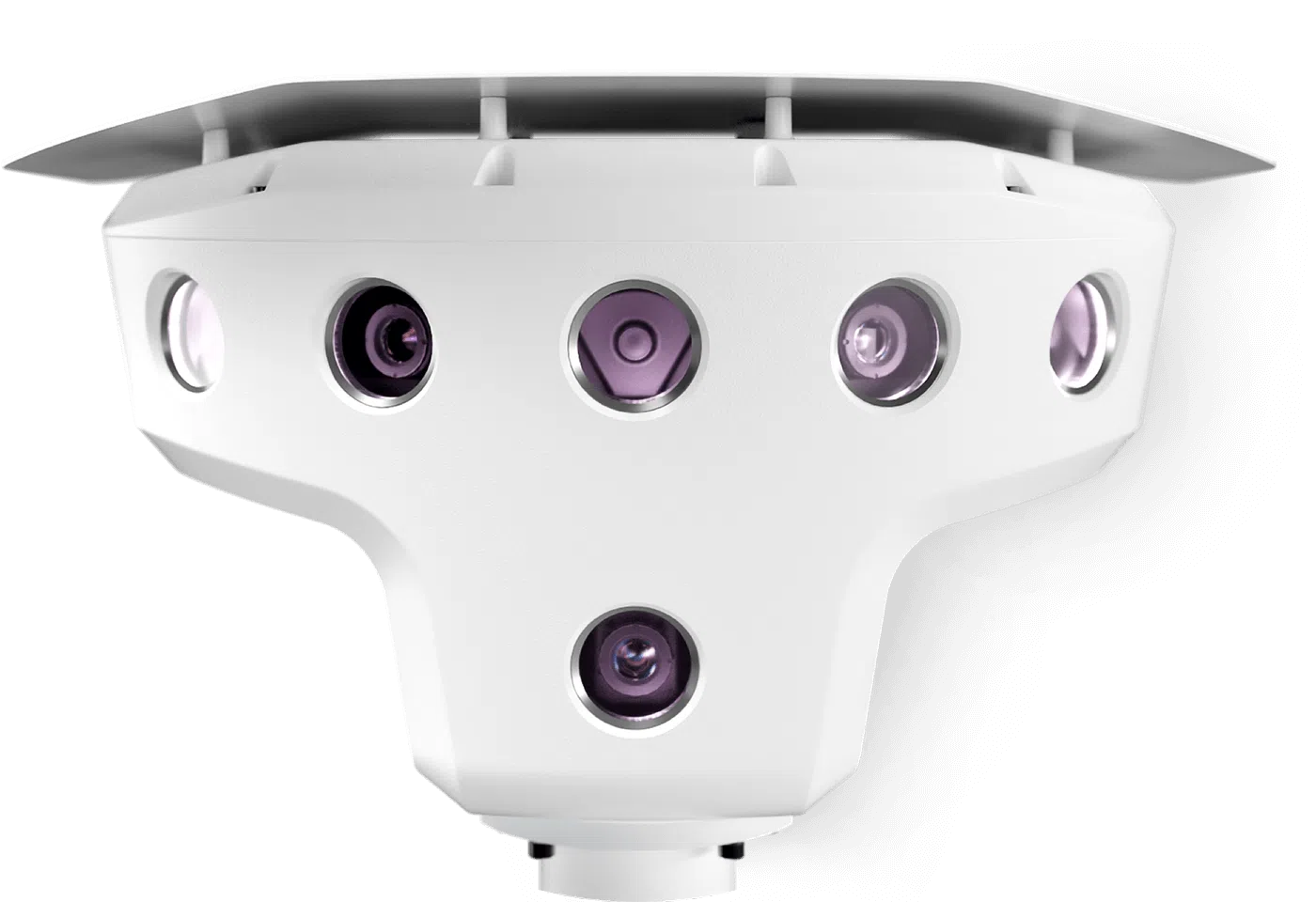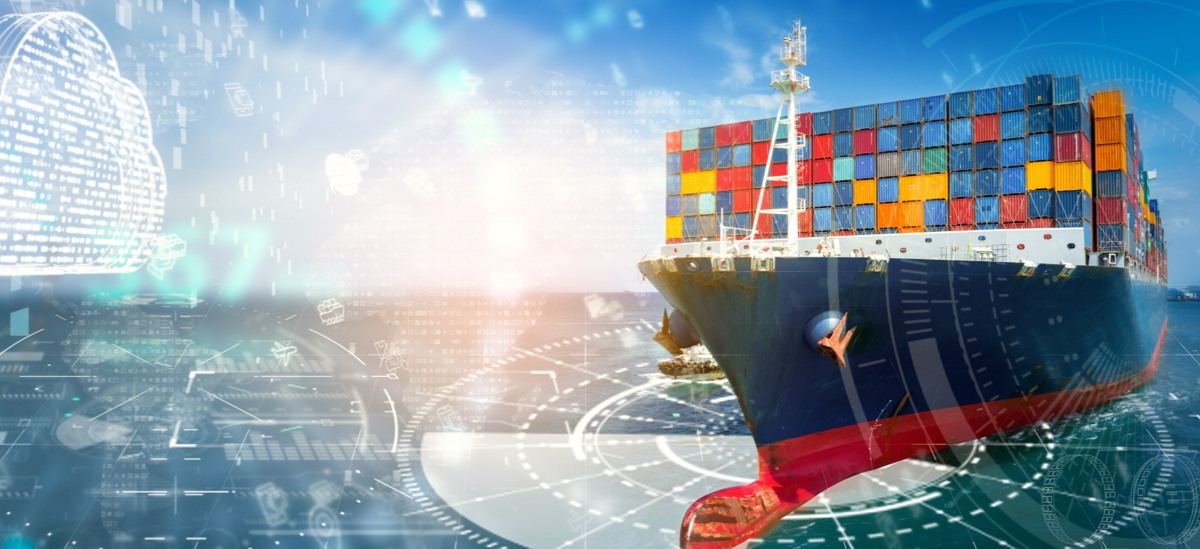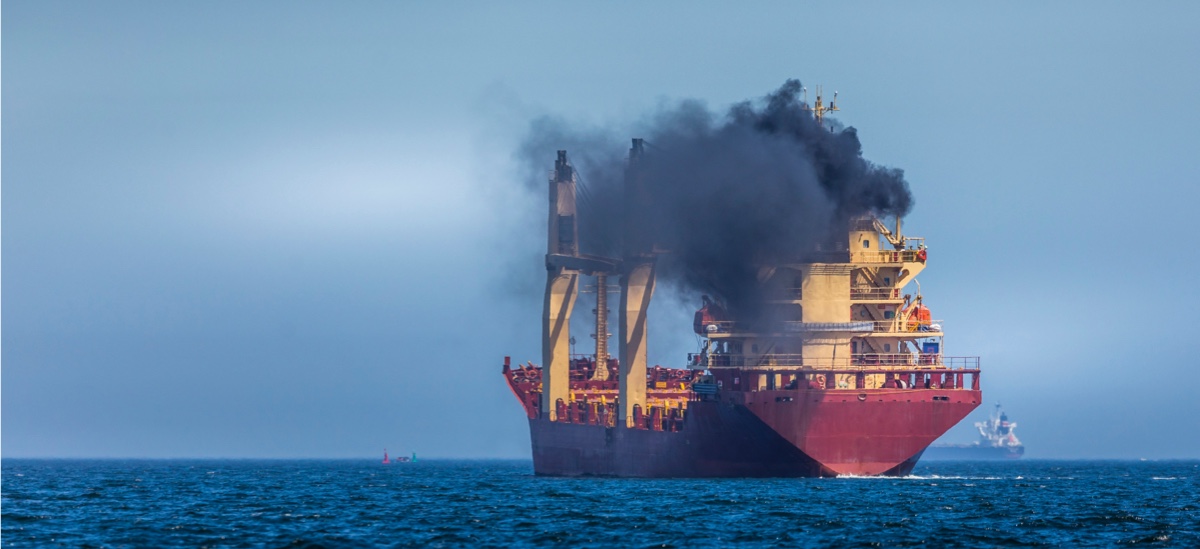A maritime collision between the feedermax container vessel Solong and the oil and chemical tanker Stena Immaculate unfolded in the North Sea on March 10, 2025, approximately 12 nautical miles off East Yorkshire’s coast. The high-impact incident caused severe structural damage, ignited fires aboard both ships, and resulted in the presumed death of one crew member. It has since drawn the scrutiny of regulators, insurers, and fleet operators across the commercial maritime sector.
Timeline of the Incident
The Stena Immaculate, a 183-meter U.S.-flagged tanker, was anchored in a designated offshore area, awaiting clearance to berth at the Port of Killingholme. Carrying a substantial load of aviation-grade jet fuel, the vessel remained stationary in moderate visibility conditions under early spring fog and haze.
At around 09:47 GMT, the container vessel Solong, a 140-meter Portuguese-flagged feeder ship en route from Scotland to the Netherlands made direct contact with the tanker’s port side. Investigations indicate the Solong was traveling at roughly 16 knots when it collided with the anchored Stena Immaculate, breaching one of the tanker’s cargo tanks.
Jet fuel began leaking immediately, igniting shortly thereafter. Fire spread rapidly across exposed surfaces and affected both ships. Despite the onboard emergency response measures, the scale and speed of the fire necessitated full crew evacuation from both vessels.
Crew and Casualties
A total of 36 seafarers were rescued from the two ships. One individual from the Solong, later identified as able seaman Mark Pernia, was unaccounted for and is presumed deceased. Another crew member sustained injuries requiring hospitalization.
The actions taken by the crews to manage the emergency, deploy firefighting systems, and execute abandon-ship procedures were praised by authorities for preventing further injuries. Local vessels and assets coordinated by His Majesty’s Coastguard played a critical role in recovery efforts.
Immediate Investigation
Following the incident, the UK Marine Accident Investigation Branch (MAIB) initiated an inquiry into the collision. The MAIB’s preliminary findings noted a striking similarity between both bridge teams: neither vessel had a designated lookout posted on the bridge at the time of the accident.
On the Solong, the master had assumed solo watch duties several hours earlier, a routine that investigators now believe contributed to reduced situational awareness in deteriorating visibility. Additionally, the use of the designated anchorage zone by large tankers in high-traffic corridors is being scrutinized as a potential compounding factor.
The final MAIB report, expected later this year, will include safety recommendations based on systemic analysis of watchkeeping practices, bridge management, fatigue protocols, and risk awareness in congested waters.
Environmental and Coastal Consequences
The breach in the tanker’s hull caused a release of aviation fuel, some of which ignited and burned off at sea, while a portion entered the surrounding water. Although most of the spill was contained offshore, concerns remain about its impact on marine life and water quality near fishing areas and nature reserves.
Compounding the issue, cargo from the Solong included plastic nurdles (small polymer pellets used in manufacturing) which spilled into the sea. Over the following days, these pellets washed ashore along various parts of the Norfolk coastline, prompting beach cleanup efforts and renewed calls for stricter containment protocols during cargo transit.
Salvage and Vessel Recovery
Firefighting and salvage teams secured the site after the initial emergency response. The Solong was towed to Aberdeen under escort for technical inspection, while the Stena Immaculate was held offshore until cargo could be safely offloaded to a receiving vessel, the Fure Vyl.
After fuel transfer was completed, the damaged tanker was redirected to the Port of Tyne for structural evaluation and repairs. Both ships remain out of commercial service, pending insurer assessment and potential reconstruction or decommissioning, depending on the extent of structural compromise.
Implications for Maritime Safety
The Solong–Stena Immaculate incident highlights the ongoing challenges of ensuring safety at sea, especially in busy maritime corridors. The MAIB’s findings underline the dangers of insufficient watchkeeping and the risks posed by overreliance on automated systems without human oversight.
To address these challenges, the maritime industry must embrace advanced technological solutions that enhance situational awareness and decision-making. AI-based tools, such as those developed by Orca AI, offer a critical layer of safety enhancement. These systems use computer vision and artificial intelligence to monitor the environment in real-time, identifying vessels, floating objects, and navigational hazards even when radar or AIS data falls short.
Unlike traditional bridge systems, AI-driven situational awareness solutions are capable of alerting crews to anomalies such as non-AIS targets, vessels on collision courses, or static hazards under poor visibility conditions. They serve as a persistent and unbiased lookout, reducing the probability of human error due to fatigue, distraction, or limited line of sight.
For shipping companies under pressure to meet safety regulations, maintain schedules, and reduce insurance exposure, these systems represent both a compliance tool and a practical risk management asset. In the context of safety regimes like ISM, SOLAS, and FUELEU Maritime, AI systems can be a decisive factor in preventing near-misses from becoming disasters.
Had such technology been deployed aboard the Solong, the risk of undetected proximity to the anchored Stena Immaculate may have been identified earlier, and corrective action could have been taken before impact.
Interview with Yarden Gross , CEO and Co-Founder of Orca AI, about AI & Tech enhanced situational awareness systems and how they increase safety.
The North Sea collision between Solong and Stena Immaculate serves as a reminder that even routine voyages carry inherent risks, particularly when core safety practices like vigilant watchkeeping are compromised. The implications for legal accountability, environmental stewardship, and operational risk management will reverberate across the maritime industry.
As the sector navigates increasingly complex traffic patterns, regulatory burdens, and crew constraints, the adoption of AI-enhanced situational awareness systems is emerging not only as a strategic investment—but as a critical step toward safer, smarter commercial shipping.









